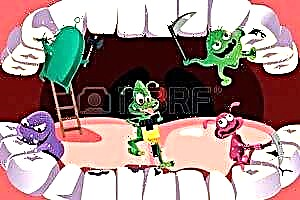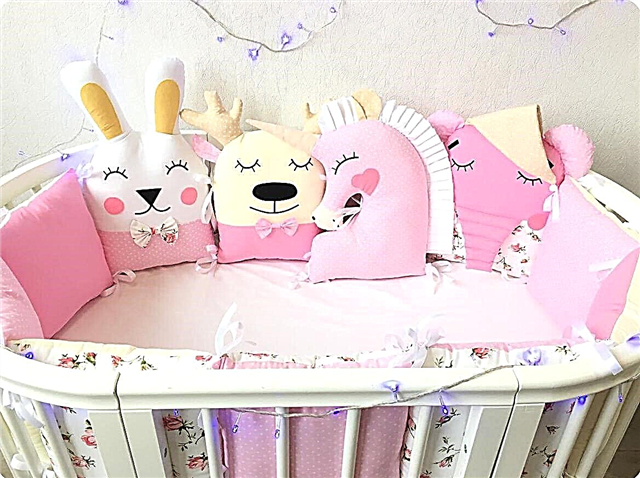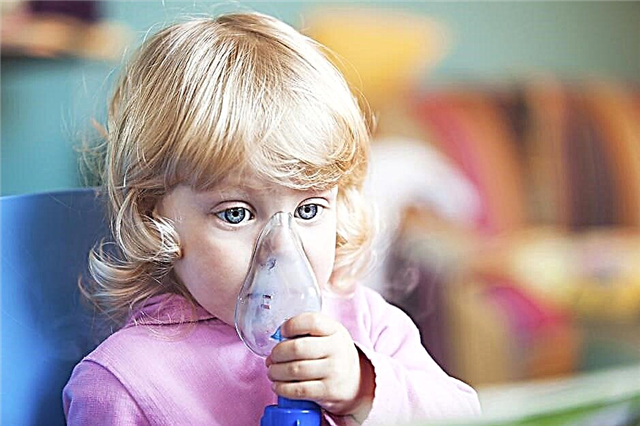The appearance of a baby in a family is a very important event. Young parents for whom this is their first experience should be prepared. The subtleties of caring for the delicate skin of the baby and many aspects of hygiene are discussed in schools for young mothers in the form of lectures, Internet resources allow you to learn a lot about this topic. But every mother has faced such a problem as diaper rash in a newborn, and many cannot cope with the situation, despite the abundance of information. The flow of knowledge, on the contrary, often makes it difficult to choose clear tactics that will be effective and simple.
Today we will talk about how to avoid the appearance of diaper rash in newborns, how to treat if they suddenly occur.
Features of the skin in children of the first months of life
When a baby is born, his skin is bright red. This is due to the saturation of blood with oxygen, a change in the gas composition of the blood. The baby's skin is so delicate that it can be injured even from rough seams on the sliders or undershirt.

The epidermis layer is rather loose. The epidermis and dermis have no clear boundaries, so they can easily peel off with the appearance of blisters.
The skin of a newborn contains up to 80% water compared to an adult, which has about 60% moisture.
The baby's skin is thinner, more elastic, and has a tendency to peeling.
It should also be remembered that the sweat glands are not functioning well enough. A baby in the first month of life can easily be overheated.
The causes of diaper rash
Most often, diaper rash occurs in newborns and children in the first year of life for the following reasons:
- poor quality diaper;
- long stay in a diaper;
- lack of daily water procedures;
- intolerance to the powder used to wash children's clothes;
- tendency to allergic reactions;
- improper nutrition of the mother while breastfeeding, which can lead to frequent stools;
- a change in the pH of feces to a more acidic side, which leads to even greater irritation of the skin.
Favorite places of diaper rash are natural folds of the skin (inguinal, gluteal, axillary), less often - folds behind the ears, the bottom of the tummy. Basically, diaper rash occurs in the groin and on the butt.
Try to use the diaper only when walking, going to the children's clinic, or at night. And in the afternoon, when the baby is at home, you can use knitted diapers, sewn in the form of triangles. Of course, this will make washing more difficult, but your baby's skin will be healthy.
What are diaper rash?
Pediatricians, together with dermatologists, conditionally distinguish three degrees of diaper rash.

- The first degree is skin redness. The very beginning, the "bell" that the baby's skin is exposed to excessive friction with improper care.
- Second degree. Redness becomes brighter, cracks appear and get wet.
- Further, if the mother does not provide any help to the baby, the third degree begins - the stage of pronounced cracks in the skin, the addition of a bacterial infection (the appearance of pustules), a fungal infection. At this degree, pain and itching will occur. The child will be sharply restless, will not be able to sleep, and may even refuse to eat.
Types of diaper rash:
- diaper, or contact, dermatitis;
- impetigo;
- eczema and other types of allergic reactions.
Contact dermatitis
As the name suggests, this type of diaper rash is associated with the appearance of rashes, crusts on the skin upon contact with diapers and clothing. Most often, it can be caused by low-quality material from which children's things are sewn.
Use only baby powders for washing diapers and baby's undershirts. The most widespread brand - "Eared nanny" - has a proven hypoallergenic property.
Impetigo in newborns
Impetigo is an infectious disease primarily caused by poor hygiene. Can affect any age group. The infection is bacteria, staphylococcus or streptococcus. A small crumb can become infected in the hospital from the staff, or from a relative.
Some literary sources describe that bubbles with impetigo can grow to the size of a sweet cherry, but this was not observed, since, due to their thinness, they quickly burst.
Symptoms appear in the first days of life. Liquid-filled bubbles appear on the skin. Then they burst and leave behind erosion, which heals safely without leaving scars or ulcers.
If impetigo is found in newborns in the maternity hospital, it must be isolated until a focus of infection (patient or carrier) is identified.
Impetigo's favorite spot is the groin area. But it can also be found in other natural folds of the crumbs.
Impetigo treatment
- Hospitalization of mother and newborn in the hospital (infectious diseases department).
- Avoid getting moisture on the affected skin.
- The child should have only their own clean, ironed diapers.
- Try to avoid unnecessary contact with your child. Mom, so as not to get infected, should wear gloves.
You cannot squeeze out bubbles yourself. This is fraught with aggravation of the condition, up to the occurrence of septic shock.
It is necessary to treat the bubbles with an antiseptic (aniline dyes, zinc-based ointments). The whole task of treating impetigo is to ensure that the bubbles dry out and disappear as quickly as possible.
The use of antibiotic therapy inside is possible only by decision of the doctor in case of deterioration of the child's well-being, poor blood test results.
Is a diaper a helper or a pest in the modern world?

Of course, the world does not stand still. The advent of diapers made mom's life much easier. But let's discuss some simple rules for using this device.
- Try to purchase diapers of famous brands such as Pampers, Hugis in pharmacies, which have a quality mark and proven hypoallergenicity.
- The diaper is a disposable product. It does not need to be dried on the battery and put on again.
- Also, do not wait until it overflows and weighs more than the baby itself. It is not recommended to keep the baby in the diaper for more than 2 hours.
- It is better to wear a diaper only for a walk, a trip to the clinic, for a child's night sleep. It should be changed at night.
- After removing the diaper, wash the baby and let it “bathe” for 15 minutes in an air bath.
Diaper rash treatment in newborns
A pediatrician will be able to answer the question of how to deal with the hated diaper rash in newborns.
- when the stage of redness occurs, diaper rash in newborns on the pope can be treated only by adjusting hygiene. Diapers should be changed often, the baby should not be left wet. Be sure to wash your baby after every diaper change. After bathing, leave the baby naked for 5-10 minutes so that the folds are well dried. Then you need to treat with baby diaper cream and swaddle .;
- when the second stage of diaper rash occurs, creams will help. There are many newborn skin care products in pharmacies.

Let's take a look at some of them.
- Ointments and creams containing zinc oxide, talc. They dry out the skin in the second stage of diaper rash, when it becomes wet. Some of them are zinc ointment, Desitin, zinc oxide talkers.
- Bepanten cream or ointment, its analogues - Dexapanthenol, Panthenol. This drug restores damaged skin areas, has a weak analgesic effect.
- Clotrimazole is a drug of antifungal origin, it helps well with the addition of candidal infection.
In case of diaper rash with the appearance of crusts, the baby should not be bathed, you should only wash it in a weak solution of potassium permanganate, and then dry it well with a towel. If pustules appear, then they can be treated with brilliant green.
- in case of diaper rash with crusts, pustules, it is better to refuse to use diapers;
- if you need to deal with diaper rash with an allergic component in newborns, antihistamines will help - Zodak, Suprastin. It is also possible to change baby powder, brand of diapers.
Doctor Komarovsky says: “Many parents believe that if diaper rash appears, you can smear it with cream a couple of times, and everything will pass. In fact, diaper rash is different. If the surface gets wet, then it is necessary to dry it with a zinc-based talker. Baby cream can help us only at the initial stage of diaper rash or as prevention. If a bacterial infection has joined, then antibiotic ointments are used. In case of allergic reactions with a pronounced exudative component, it is possible to use ointments with anti-inflammatory hormones. "
Preventing diaper rash is the best cure for them
Summing up the above, it can be noted that it is better to prevent than to cure.

Here are some tips.
- You can bathe your baby every day, you can use the herb of string, chamomile.
- Change diapers regularly.
- Avoid being in a diaper for a long time.
- Adjust maternal nutrition if the baby is breastfed.
- Apply air baths after bathing.
Love, care and proper care are all that is needed for the delicate skin of a newborn.
Article rating:



